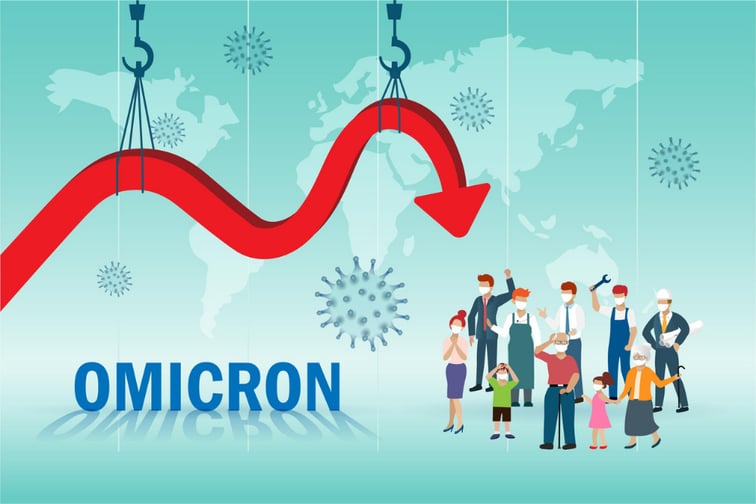

Many businesses closed in the early weeks of January, but it wasn’t from the lack of foot traffic. Instead, the Omicron surge has brought unemployment – and the economy as a whole – to a standstill and had employees working significantly fewer hours.
According to the Australia Bureau of Statistics (ABS), unemployment has increased by 6,000 people, with the overall rate remaining at 4.2%. However, flows into employment still continue to outpace flows out of employment, it was noted.
In January 2021, seasonally adjusted hours worked fell 4.9% when people took up the usual annual leaves to extend the holidays — now the percentage has doubled to 8.8%. This also translates to over 159 million fewer hours in January than in December.
According to Bjorn Jarvis, head of labour statistics at ABS, the data is reflective of people catching the highly contagious Omicron variant, resulting in an increased use of annual and sick leaves in the first two weeks of January.
“Last year, in January 2021, the large 4.9% fall in hours worked mainly reflected more people than usual taking annual leave. At that time, there were relatively low numbers of active cases of COVID and only localised impacts,” Jarvis said. “While we again saw higher than usual numbers of people taking annual leave – even more so than last year – the 8.8% fall in hours worked in January 2022 also reflected much higher than usual numbers of people on sick leave. This echoes what we saw in the recent ABS business survey on COVID-related absences.”
However high the figures, this isn’t surprising given the obligation to isolate for seven days or longer. New South Wales and Victoria took the heaviest punches, with seasonally adjusted hours worked falling by 13.5% and 13.2%, respectively.
“Nationally, and in New South Wales and Victoria, the number of people who worked reduced hours because they were sick was around three times the pre-pandemic average for January. In other states and territories, it was twice as many people,” Jarvis said.
Meanwhile, Western Australia did not just dodge the surge in reduced work hours, but it also noted an increase in work hours, where COVID-zero became the norm.
